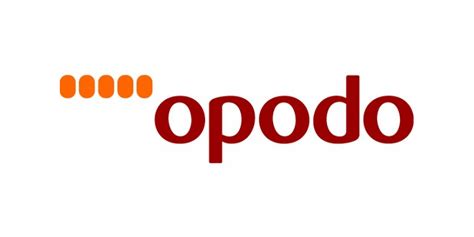Accounting Equation Overview, Formula, and Examples
Notice that each transaction changes the dollar value of at least one of the basic elements of equation (i.e., assets, liabilities and owner’s equity) but the equation as a whole does not lose its balance. This financial statement lists everything a company owns and all of its debt. A company will be able to quickly assess whether it has borrowed too much money, whether the assets it owns are not liquid enough, or whether it has enough cash on hand to meet current demands. The balance sheet reports the assets, liabilities, and owner’s (stockholders’) equity at a specific point in time, such as December 31. The balance sheet is also referred to as the Statement of Financial Position. A balance sheet explains the financial position of a company at a specific point in time.
Resources
As a core concept in modern accounting, this provides the basis for keeping a company’s books balanced across a given accounting cycle. The accounting equation equates a company’s assets kansas city bookkeeping services to its liabilities and equity. This shows all company assets are acquired by either debt or equity financing. For example, when a company is started, its assets are first purchased with either cash the company received from loans or cash the company received from investors.
What Is a Balance Sheet?
Incorrect classification of an expense does not affect the accounting equation. Retained earnings are the net earnings a company either reinvests in the business or uses to pay off debt. The remaining amount is distributed to shareholders in the form of dividends.
Limitations of a Balance Sheet
Under the accrual basis of accounting, expenses are matched with revenues on the income statement when the expenses expire or title has transferred to the buyer, rather than at the time when expenses are paid. On the right side, the balance sheet outlines the company’s liabilities and shareholders’ equity. As expected, the sum of liabilities and equity is equal to $9350, matching the total value of assets.
Equity
If a transaction is completely omitted from the accounting books, it will not unbalance the accounting equation. Depending on the company, different parties may be responsible for preparing the balance sheet. For small privately-held businesses, the balance sheet might be prepared by the owner or by a company bookkeeper. For mid-size private firms, they might be prepared internally and then looked over by an external accountant.
The double-entry practice ensures that the accounting equation always remains balanced, meaning that the left-side value of the equation will always match the right-side value. The accounting equation is a concise expression of the complex, expanded, and multi-item display of a balance sheet. The cash (asset) of the business will increase by $5,000 as will the amount representing the investment from Anushka as the owner of the business (capital). Required Explain how each of the above transactions impact the accounting equation and illustrate the cumulative effect that they have. Capital essentially represents how much the owners have invested into the business along with any accumulated retained profits or losses.
- Essentially, the representation equates all uses of capital (assets) to all sources of capital, where debt capital leads to liabilities and equity capital leads to shareholders’ equity.
- This business transaction decreases assets by the $100,000 of cash disbursed, increases assets by the new $500,000 building, and increases liabilities by the new $400,000 mortgage.
- For this reason, the balance sheet should be compared with those of previous periods.
- The income statement is also referred to as the profit and loss statement, P&L, statement of income, and the statement of operations.
- This financial statement lists everything a company owns and all of its debt.
As opposed to an income statement which reports financial information over a period of time, a balance sheet is used to determine the health of a company on a specific day. A company usually must provide a balance sheet to a lender in order to secure a business loan. A company must also usually provide a balance sheet to private investors when attempting to secure private equity funding. In both cases, the external party wants to assess the financial health of a company, the creditworthiness of the business, and whether the company will be able to repay its short-term debts.
This is how the accounting equation of Laura’s business looks like after incorporating the effects of all transactions at the end of month 1. In this example, we will see how this accounting equation will transform once we consider the effects of transactions from the first month of Laura’s business. If you’re still unsure why the accounting equation just has to balance, the following example shows how the accounting equation remains in balance even after the effects of several transactions are accounted for. The image below is an example of a comparative balance sheet of Apple, Inc. This balance sheet compares the financial position of the company as of September 2020 to the financial position of the company from the year prior.
A brief review of Apple’s assets shows that their cash on hand decreased, yet their non-current assets increased. Investors can get a sense of a company’s financial well-being by using a number of ratios that can be derived from a balance sheet, including the debt-to-equity ratio and the acid-test ratio, along with many others. The income statement and statement of cash flows also provide valuable expansion and contraction of demand are referred to as the context for assessing a company’s finances, as do any notes or addenda in an earnings report that might refer back to the balance sheet. As you can see, all of these transactions always balance out the accounting equation. If assets increase, either liabilities or owner’s equity must increase to balance out the equation.





















































































































































































































